Recent developments in affective computing are developing the capacity for systems of artificial intelligence to look at a human smile and tell if it’s fake or genuine, to detect cues about mood and potentially to offer a therapeutic response. Even our smart phone may one day be able to detect our moodiness and play soothing music or offer encouraging words.
These comments by Richard Susskind, co-author of The Future of the Professions: How Technology Will Transform the Work of Human Experts, were part of a discussion on a recent podcast about the emergence of artificial intelligence systems that are ‘superior to humans in being able to detect the emotional state of a person in front of them’ and the effect on professionals.
“In Japan where there is a great shortage of nurses, in some of the private hospitals they have robotic nurses in the rooms and some people would say ‘that’s shocking you need an empathetic human being’ at one level what I would say is if you can’t afford or simply have human beings the question is not whether ‘the robot is better than nurses’ but ‘is it better than nothing at all”.
“(In the absence of a human) it’s possible that a robotic nurse could detect whether there is some sort of agitation or pain and discomfort and make comforting noises, emit comforting music, keep the person company. And for some people that might seem bizarre but again the choice of having some kind of electronic care facility as opposed to no care facility, I think that is not a choice, I think it’s a very promising option where we lack the appropriate human resource”.
Other applications include companionship in nursing homes and sample collection in hospitals.
Richard Susskind adds “I’m not saying that these systems are more empathetic than human beings, I am saying that they are way better than nothing, and I am trying to challenge the view that all professional services need to be delivered through a professional advisor. I don’t accept that to be the case in all cases”.
He also questions the limits of automated affective decision making, asking ‘do we really want a machine deciding when to switch off life support and actually flipping the switch?’ He urges us to have the debate as to the acceptable limits of artificial intelligence in decision making and implementation in health care.


